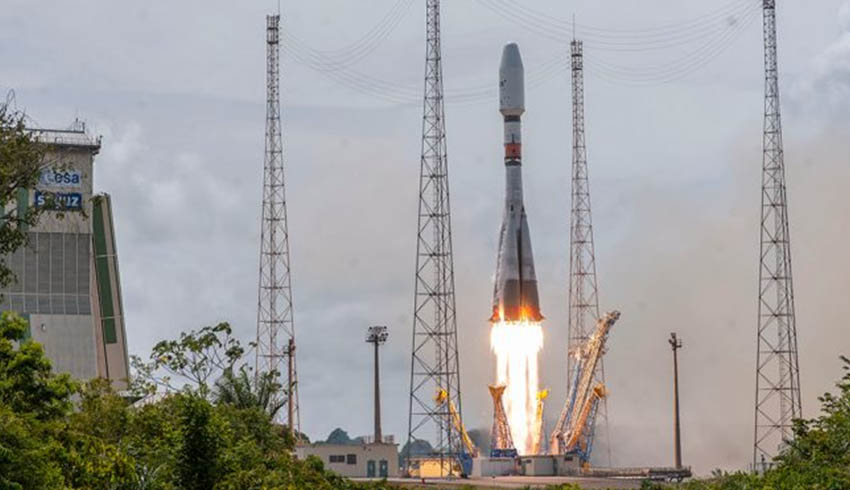Low cost and reusable launch systems, small cheap satellites and rapid space access could also lead to low cost anti-satellite and other space weapons (ASATs) for large and small powers, says Australian Strategic Policy Institute (ASPI) analyst Dr Malcolm Davis.
In a post on the ASPI The Strategist blog, he said the Space 2.0 approach was bringing transformational change to access to and use of space.
That compares to Space 1.0, with space activities solely the domain of national governments and conducted at vast cost using enormous single use launchers.
Dr Davis said the Space 2.0 paradigm was a very positive development for humanity’s long-term future in space.
“It makes many of the ambitious ‘big space’ goals, such as colonisation of the moon and Mars and the exploitation of space resources much more affordable and, thus, possible,” he said.
But that brought risks as it could be applied equally to developing counterspace weapons.
“Reducing costs through reusable rockets and small satellites, and the potential for reusable rocket to rapidly access space, opens up a quicker and cheaper path for the development of ASATs for major and minor powers alike,” he said.
“Low cost ‘CubeSats’, which normally provide useful services to terrestrial users can become ASATs if equipped with a payload such as a close-range jamming system.”
Current ASAT systems, possessed by China, Russia and the US, involve missiles launched from Earth. However a $10,000 CubeSat crashing into a multibillion-dollar intelligence, surveillance and reconnaissance satellite could produce the same affect.
Dr Davis said states would increasingly seek to avoid capabilities that produced large amounts of space debris, which could just as easily damage or destroy their own satellites.
He said the emphasis would be on ‘soft kill’ tactics that were scalable and reversible, and also gave greater capacity for deniability, if not outright anonymity.
“Key capabilities of the space battlefield of 2035 will be directed energy weapons, cyber attacks, advanced electronic warfare and ubiquitous jamming. Space war may happen at the speed of light as satellites go dead without warning,” he said.
Dr Davis said the region for space warfare and counterspace capabilities would expand beyond geosynchronous Earth orbit to the moon and space around it, called the cislunar region.
Both China and the US are talking of putting man back on the moon, China within a decade, the US by 2024.
“The return to the moon is a key step in the next phase of human space activity and a key component of that will be competition for resources and wealth. That competition will affect the national interests of states and determine their future actions in space,” he said.

